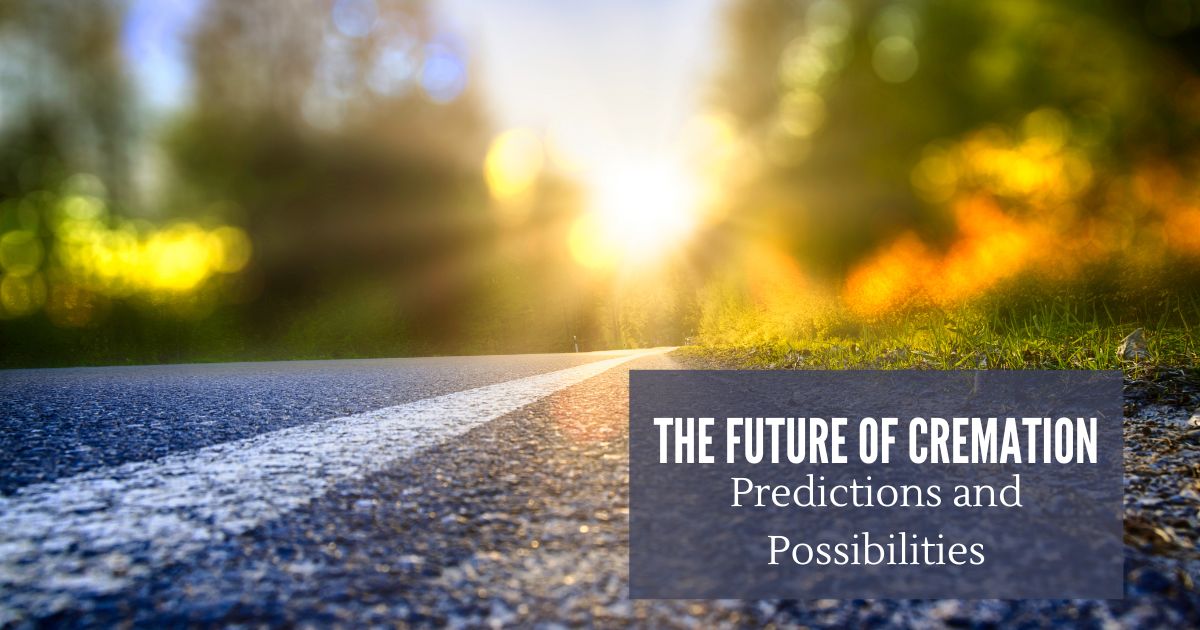
As cremation continues its ascent, what does the future hold for this increasingly popular practice? In this final post, we'll explore emerging trends, technological advancements, and the potential impact of cremation on how we perceive death and dying.
Predictions and Projections
Experts predict that cremation rates will continue to rise in the coming decades, driven by factors such as cost-effectiveness, environmental concerns, and changing societal attitudes. This trend is likely to reshape the funeral industry further, with a greater emphasis on personalized memorialization and alternative funeral practices.
Technological Advancements
Technology is poised to play a significant role in the future of cremation. Here are a few innovations on the horizon:
Water Cremation (Alkaline Hydrolysis): This environmentally friendly alternative uses water and alkaline chemicals to break down the body, leaving behind bone ash.
Biodegradable Urns: Advancements in materials science are leading to more sophisticated and aesthetically pleasing biodegradable urns, promoting natural decomposition and minimizing environmental impact.
Digital Legacy Management: Services are emerging to help individuals manage their digital afterlife, including social media accounts, online assets, and digital memories.
Cremation and Societal Views
The growing acceptance of cremation reflects a broader shift in how we view death and dying. There's a movement towards greater openness, personalization, and a focus on celebrating life rather than solely mourning death. Cremation, with its flexibility and adaptability, allows for unique expressions of grief and remembrance, empowering individuals to honor loved ones in ways that resonate with their values and beliefs.
A New Relationship with Mortality
As cremation becomes more prevalent, it has the potential to transform our relationship with mortality. By simplifying the funeral process and offering alternative memorialization options, cremation encourages a more open and accepting dialogue about death. This can lead to greater preparedness, more meaningful end-of-life planning, and a deeper appreciation for the preciousness of life.
Conclusion
The rise of cremation marks a significant shift in funeral practices, reflecting evolving societal norms, economic realities, and environmental concerns. By embracing personalization, innovation, and open dialogue, we can navigate this changing landscape with compassion and create meaningful ways to honor the lives of those we've lost.





